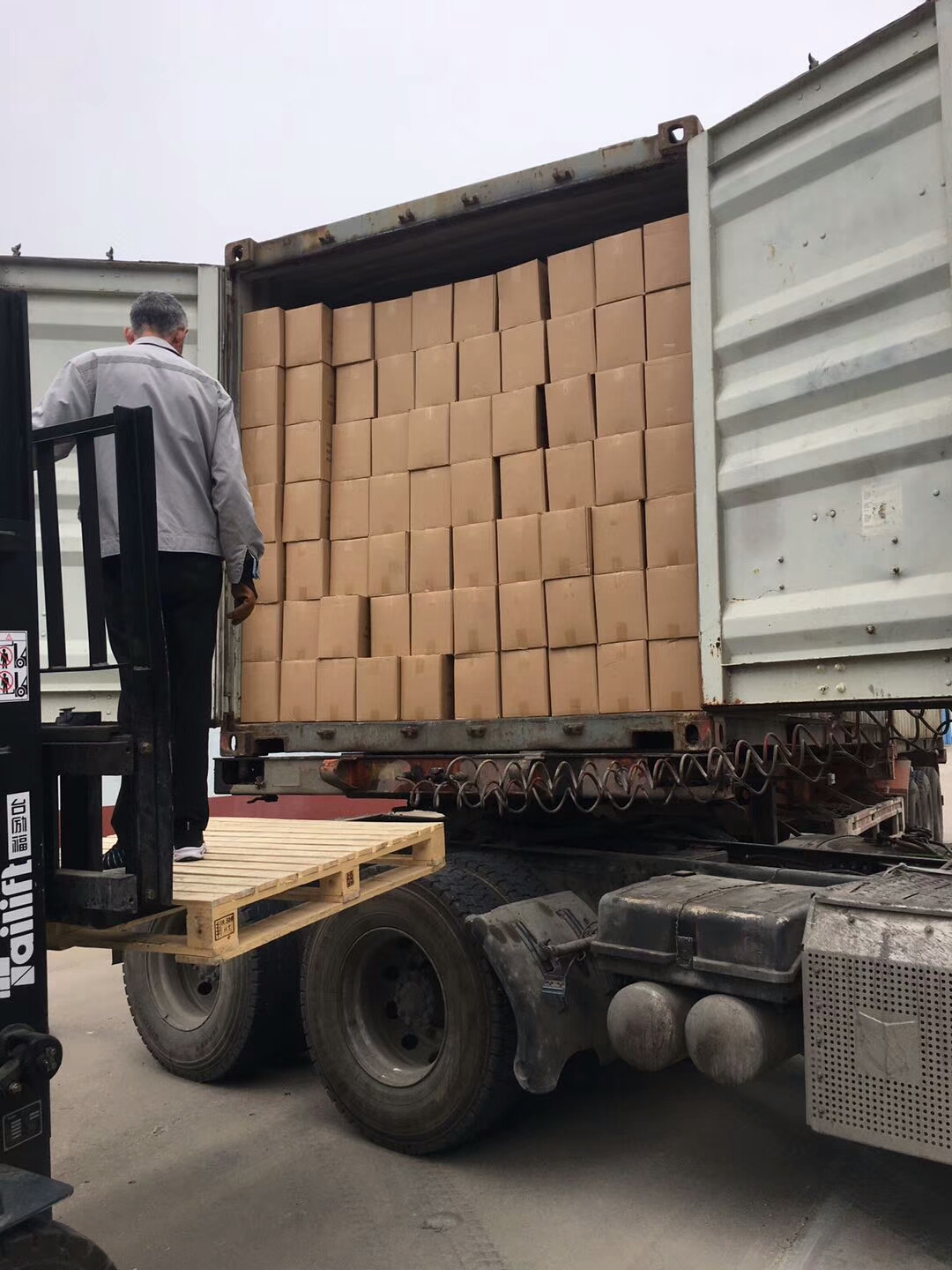Home › News › Two photos have been uploaded, vividly presenting different aspects of a logistics and warehousing environment.
Two photos have been uploaded, vividly presenting different aspects of a logistics and warehousing environment.
-
Photo 1: The Warehouse Interior
The first photo showcases the interior of a warehouse. Inside, there are a large number of cartons neatly stacked, creating an orderly appearance. The warehouse is spacious, with multiple lighting fixtures installed on the ceiling, providing ample light. There are several windows on the walls, allowing natural light to penetrate further and enhance the indoor brightness. In the picture, a forklift can be seen, indicating that goods handling or sorting work might be in progress. The floor is made of smooth concrete, suitable for the operation of forklifts and other equipment. The overall environment is clean and tidy, making it highly appropriate for warehousing and logistics activities. The design and layout of the warehouse are clearly aimed at maximizing space utilization while ensuring the safety and convenient management of goods.
Photo 2: The Logistics Scene
The second photo depicts a logistics or shipping scene. There is a large container filled with numerous cardboard boxes neatly stacked in rows. A person is standing on a forklift, likely engaged in the process of loading or unloading these boxes. The forklift has a wooden pallet on it, indicating its use for transporting goods. The background includes parts of other containers or structures, suggesting an industrial or warehouse setting. The overall scene represents a typical logistics operation scenario, involving the loading, unloading, and transportation of goods.
On this photo, there are also some words:
“Nailif”. These words might be related to some specific information about the logistics operation, such as a self-service reporting system or a particular label used within the logistics process. However, their exact meaning requires further context to fully understand.
The Development Trends of the Logistics and Warehousing Industry
These two photos not only show the current state of a specific logistics and warehousing site but also reflect some of the broader trends in the industry.
In recent years, the logistics and warehousing industry has been evolving rapidly, driven by technological advancements and changing market demands. One of the most significant trends is the increasing use of automation and intelligent technologies. In modern warehouses, automated storage and retrieval systems (ASRS) are becoming more common. These systems use robotic arms and conveyor belts to automatically store and retrieve goods, significantly improving efficiency and accuracy. For example, in a large e-commerce warehouse, an ASRS can handle thousands of orders per day, reducing the time and labor required for manual operations.
Another trend is the application of big data and artificial intelligence (AI) in logistics management. By analyzing large amounts of data on inventory levels, shipping routes, and customer demand, companies can make more informed decisions about inventory management, transportation scheduling, and warehouse layout optimization. AI-powered algorithms can predict demand patterns, helping companies stock the right products in the right quantities at the right time. This not only reduces inventory costs but also improves customer satisfaction by ensuring timely deliveries.
Sustainability has also become a crucial aspect of the logistics and warehousing industry. With growing concerns about environmental impact, companies are taking steps to reduce their carbon footprint. This includes using electric or hybrid vehicles for transportation, implementing energy-efficient lighting and HVAC systems in warehouses, and adopting sustainable packaging materials. Some warehouses are even designed with green roofs and rainwater harvesting systems to further reduce their environmental impact.
In addition, the rise of e-commerce has led to an increased demand for last-mile delivery solutions. Companies are exploring various options, such as using drones for delivery in certain areas, partnering with local delivery services, and optimizing delivery routes using advanced routing algorithms. These efforts aim to provide faster and more convenient delivery options to customers while reducing delivery times and costs.

Conclusion
The two photos offer a glimpse into the world of logistics and warehousing, highlighting both the current practices and the emerging trends in the industry. As technology continues to advance and market demands evolve, the logistics and warehousing industry will undoubtedly continue to transform. By embracing new technologies, focusing on sustainability, and finding innovative solutions for last-mile delivery, companies in this sector can stay competitive and meet the growing needs of customers in the digital age.
The warehouse in the first photo and the logistics operation in the second photo are just small parts of this vast and dynamic industry. However, they represent the hard work and dedication of the people involved in logistics and warehousing, as well as the continuous efforts to improve efficiency, accuracy, and sustainability. As we look to the future, the logistics and warehousing industry will play an even more crucial role in connecting businesses and consumers around the world, enabling the seamless flow of goods and services.
(Xu Jiaying Han Yiru Han Lulu Li Minjie Zhang Yuehua Zhou Wenjun)
Category
News
- Two photos have been uploaded, vividly presenting different aspects of a logistics and warehousing environment.
- Groundbreaking Towel Technology Launches, Redefining Comfort and Sustainability
- Technological Innovation and Policy Collaboration Drive the Development of Inspection Services towards Efficiency and Standardization
- Fire Safty
- Establishment of New Sample Room
Contact Us
ZHICHISHI
E-mail: liutiezhu@zhichishi.store
Tel:0086 13964631131
Address:No.2799 Qingnian Road,Weicheng District,Weifang City,Shandong Province,China